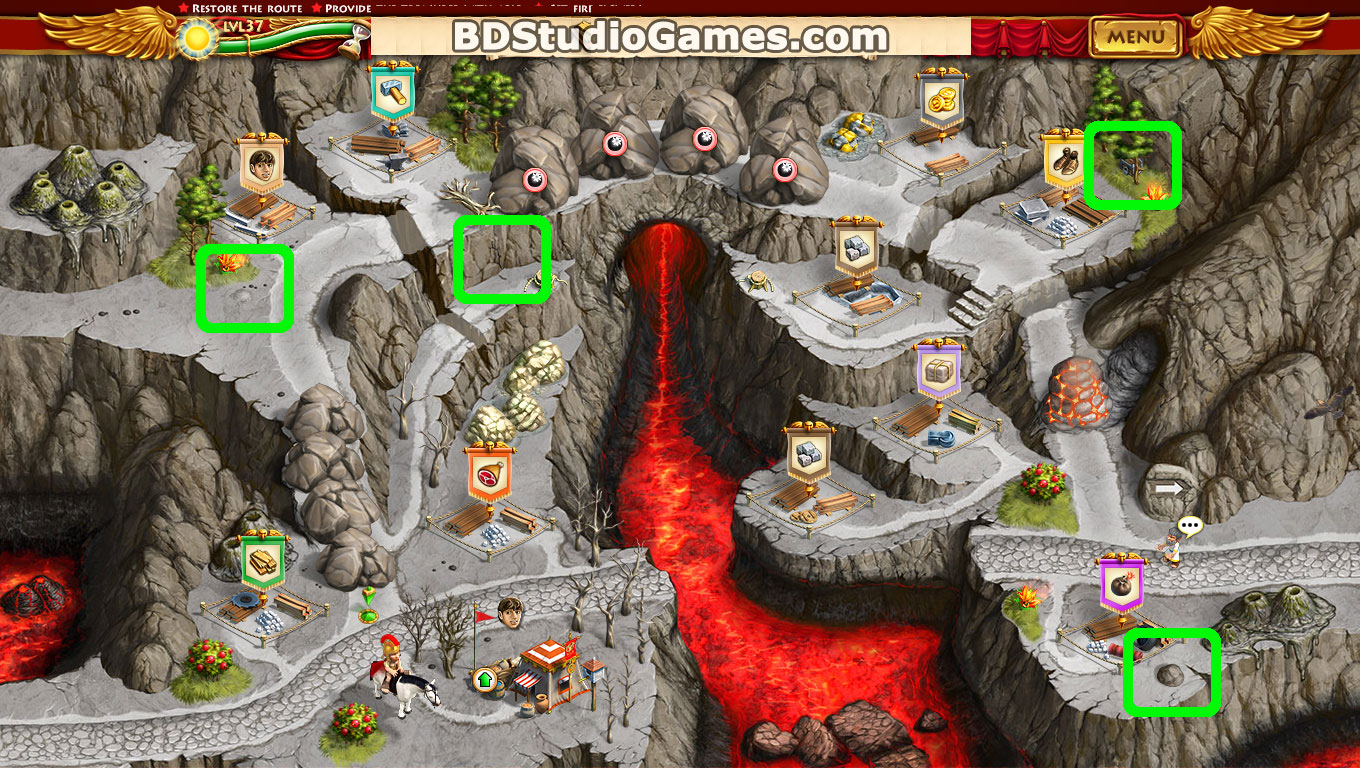


A water wheel had two general designs: the undershot and the overshot. Power from water was generated through the use of a water wheel. The likelihood that such a ship was ever built is low, due to the impracticality of controlling animals on a watercraft. Wherein oxen are attached to a rotary, moving in a circle on a deck floor, spinning two paddle wheels, one on either side of the ship.

The work known as Anonymus De rebus bellicis describes a ship powered by oxen. Other than being used as a means of transportation, animals were also employed in the operation of rotary mills.īeyond the confines of the land, a schematic for a ship propelled by animals has been discovered. For carriages carrying passengers or light materials donkeys or mules were generally used, as they were faster than oxen and cheaper on fodder than horses. The main environment which called for speed was the battlefield, with horses being used in the cavalry and scouting parties. If speed was desired, horses were called upon. A disadvantage to using oxen is that they are slow. Being strong and cheap to maintain, oxen were used to farm and transport large masses of goods. Oxen are strong creatures that do not require the finest pasture. Several species of animals were used for differing tasks. The primary usage of animal power was for transportation. Though wind-powered sails were the dominant form of power in water transportation, rowing was often used by military craft during battle engagements. Human power was also a factor in the movement of ships, in particularly warships. The device was powered by multiple people pushing or pulling on handspikes attached to a cylinder. One device being the windlass which used ropes and pulleys to manipulate objects. To overcome this limiting factor, mechanical devices were developed to assist in the manipulation of objects. A limiting factor in using multiple people to move objects is the available amount of grip space. For objects of greater weight, more than one person may be required to move the object. For objects ranging from 20 to 80 pounds a single person can generally suffice. An obvious utilization of human power is the movement of objects. The most readily available sources of power to the ancients were human power and animal power. In addition to military engineering, the Romans also made significant contributions to medicine medical technologies, particularly in surgery. The Romans adopted, improved, and developed military technologies for foot soldiers, cavalry, and siege weapons for land and sea environments. The military was not only used for territorial acquisition and defense, but also as a tool for civilian administrators to use to help staff provincial governments and assist in construction projects. Warfare was an essential aspect of Roman society and culture. The Romans also contributed to the development of technologies of the battlefield. They used these materials to construct civil engineering projects for their cities and transportation devices for land and sea travel. Along with concrete, the Romans used stone, wood, and marble as building materials. Rome and its surrounding area contained various types of volcanic materials, which Romans experimented with the creation of building materials, particularly cements and mortars.

The durability of Roman structures, such as roads, dams, and buildings, is accounted for the building techniques and practices they utilized in their construction projects. With limited sources of power, the Romans managed to build impressive structures, some of which survive to this day. The Romans achieved high levels of technology in large part because they borrowed technologies from the Greeks, Etruscans, Celts, and others. Gradually, some of the technological feats of the Romans were rediscovered and/or improved upon during the Middle Ages and the beginning of the Modern Era with some in areas such as civil engineering, construction materials, transport technology, and certain inventions such as the mechanical reaper, not improved upon until the 19th century. The Roman Empire was one of the most technologically advanced civilizations of antiquity, with some of the more advanced concepts and inventions forgotten during the turbulent eras of Late Antiquity and the early Middle Ages. Roman technology is the collection of antiques, skills, methods, processes, and engineering practices which supported Roman civilization and made possible the expansion of the economy and military of ancient Rome (753 BC – 476 AD). Pont du Gard (1st century AD), over the Gardon in southern France, is one of the masterpieces of Roman technology


 0 kommentar(er)
0 kommentar(er)
